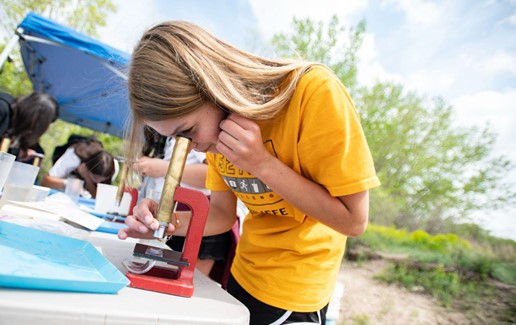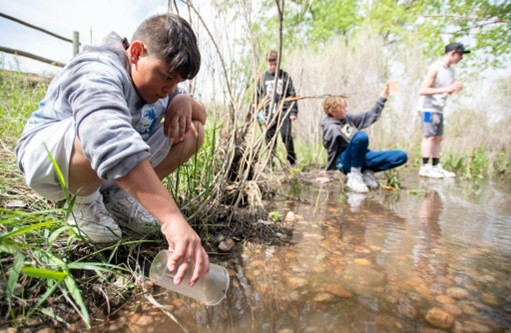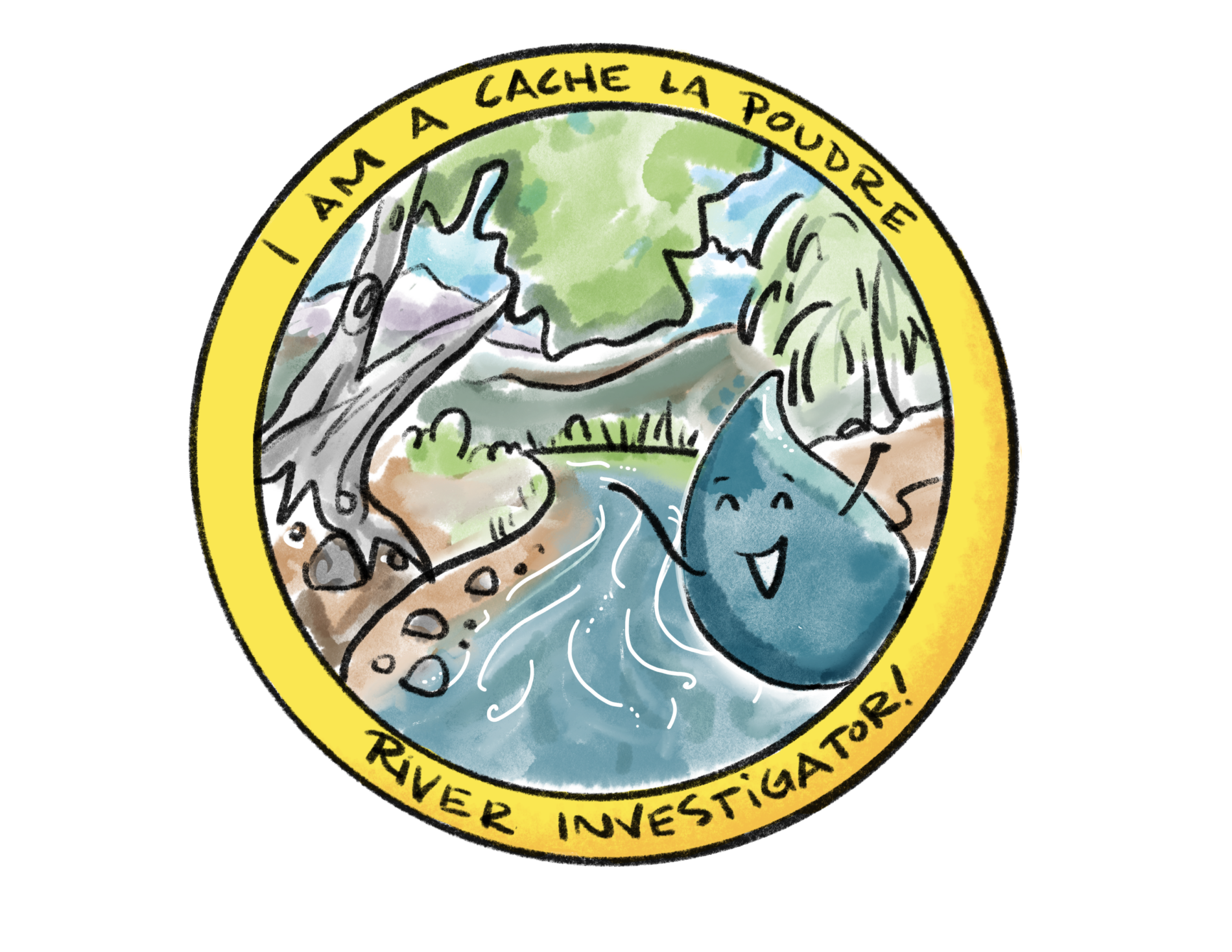Learning in Our Watershed™ (LIOW) supports K-12 students’ exploration of the people, places, heritage, and natural habitats of the Cache la Poudre River. Through LIOW, educators can connect with resources and experiential education programming along the Cache la Poudre River National Heritage Area. LIOW is designed to take learning from the classroom to the great outdoors, for improved student well-being while simultaneously developing a sense of connection to nature and the heritage area. Leveraging partnerships with local museums and organizations, LIOW is an immersive program that connects youth to their river in ways that inspire learning, well-being, and stewardship.
LIOW programs and resources are designed by educators to align with Colorado education standards from social studies to science and beyond.
Key objectives of LIOW programs include:
- Connect students to their river corridor.
- Immerse students in their local heritage, cultures, and landscapes.
- Help students develop critical thinking skills including interpreting sources, maps, and signs.
- Encourage students to reflect on human-environment interacts within their watershed region.






